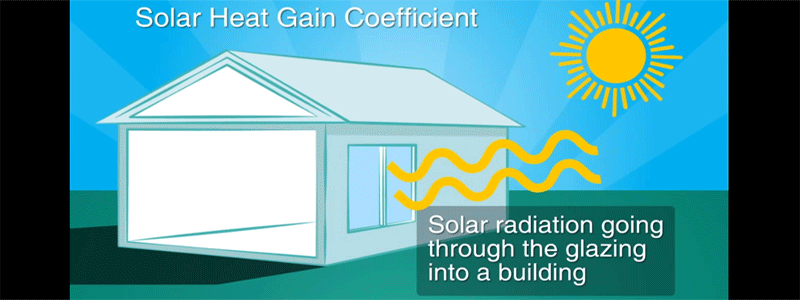What Is Solar Heat Gain Coefficient (SHGC)?
The Solar Heat Gain Coefficient for windows (expressed as SHGCw) measures how readily heat from direct sunlight flows through a window system. The SHGC is the fraction of incident solar radiation admitted through a window, directly transmitted as well as absorbed and subsequently released inward. SHGC is expressed as a number between 0 and 1.
The lower a window’s SHGC, the less solar heat it transmits.
It’s wise to remember that the SHGC rating is on the whole window- including the frame. So expect that a standard aluminium frame will not perform well. To get the best SHGC rating, the window frames should be made of timber, uPVC, or aluminium with a thermal break.
SHGC ratings are produced by tests under the Window Energy Rating Scheme (WERS). WERS provides a list of window manufacturers, and their WERS approved windows. The Ratings include the SHGC figures.
Source: The Australian Window Association. Heat transfer mechanisms.
Information on SHGC, u-Factor, and Visible Light Transmittance, from a US retailer.
